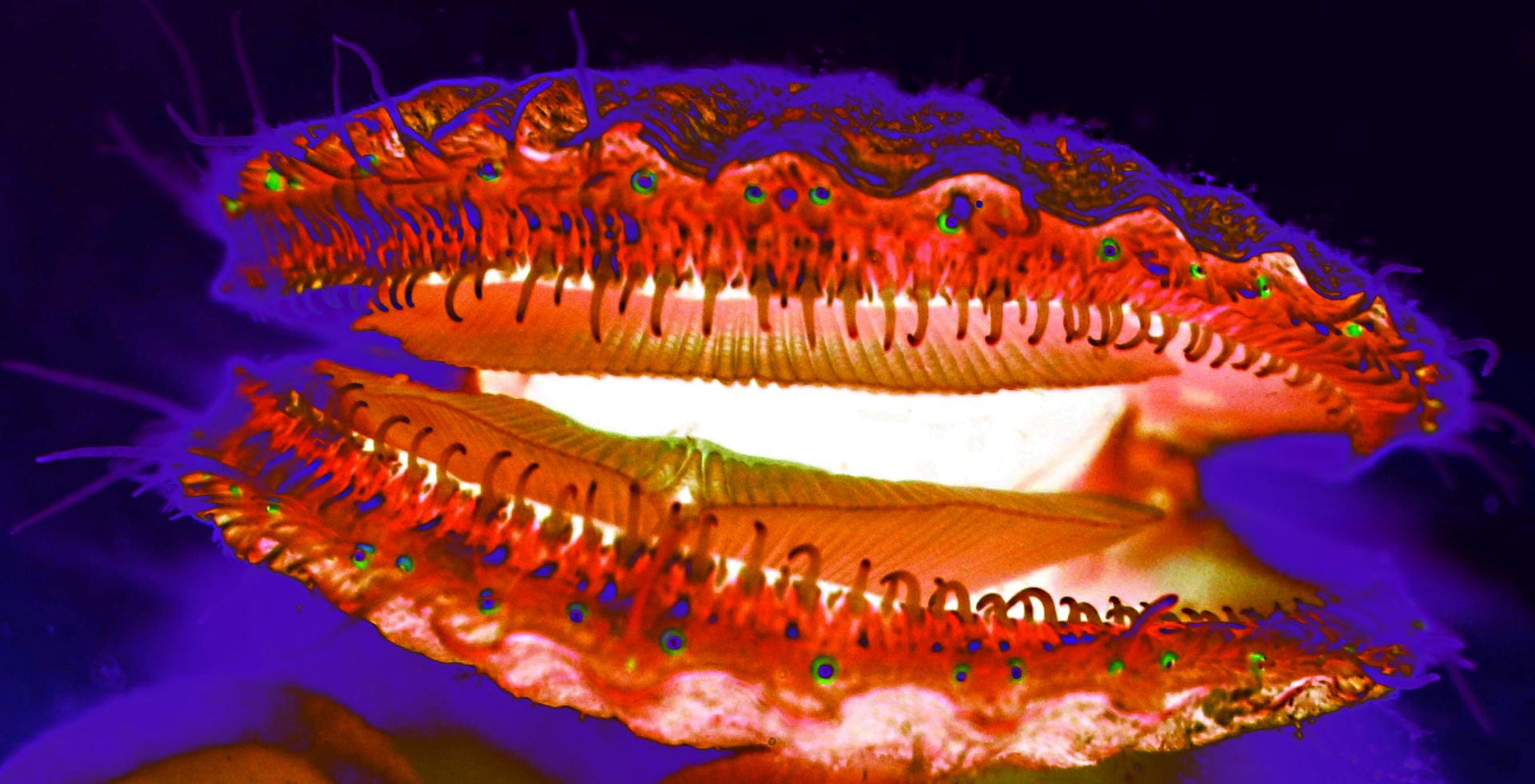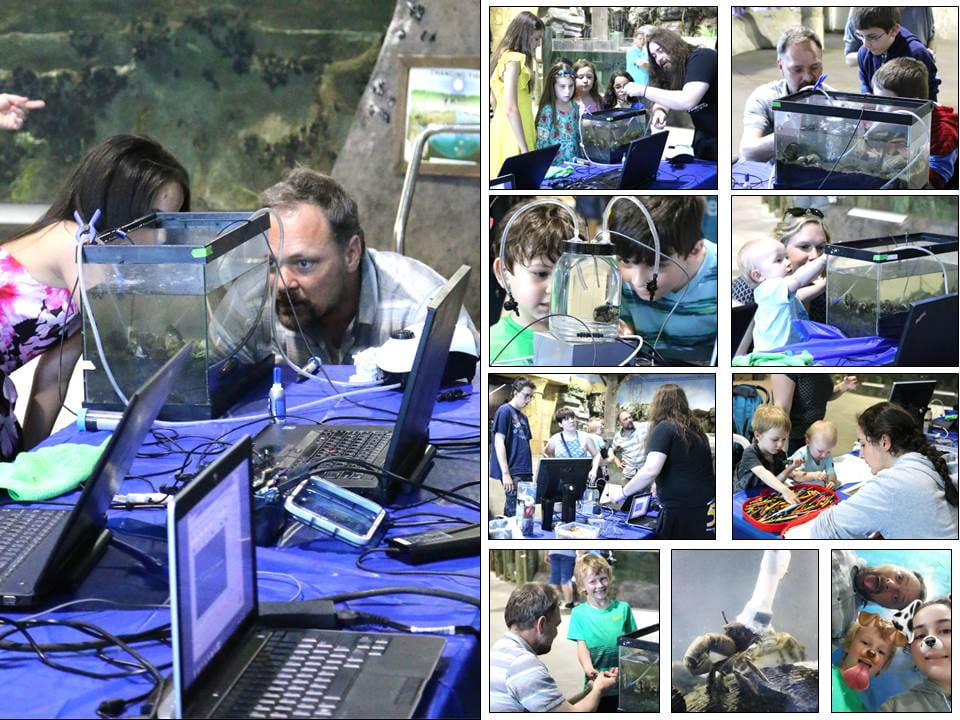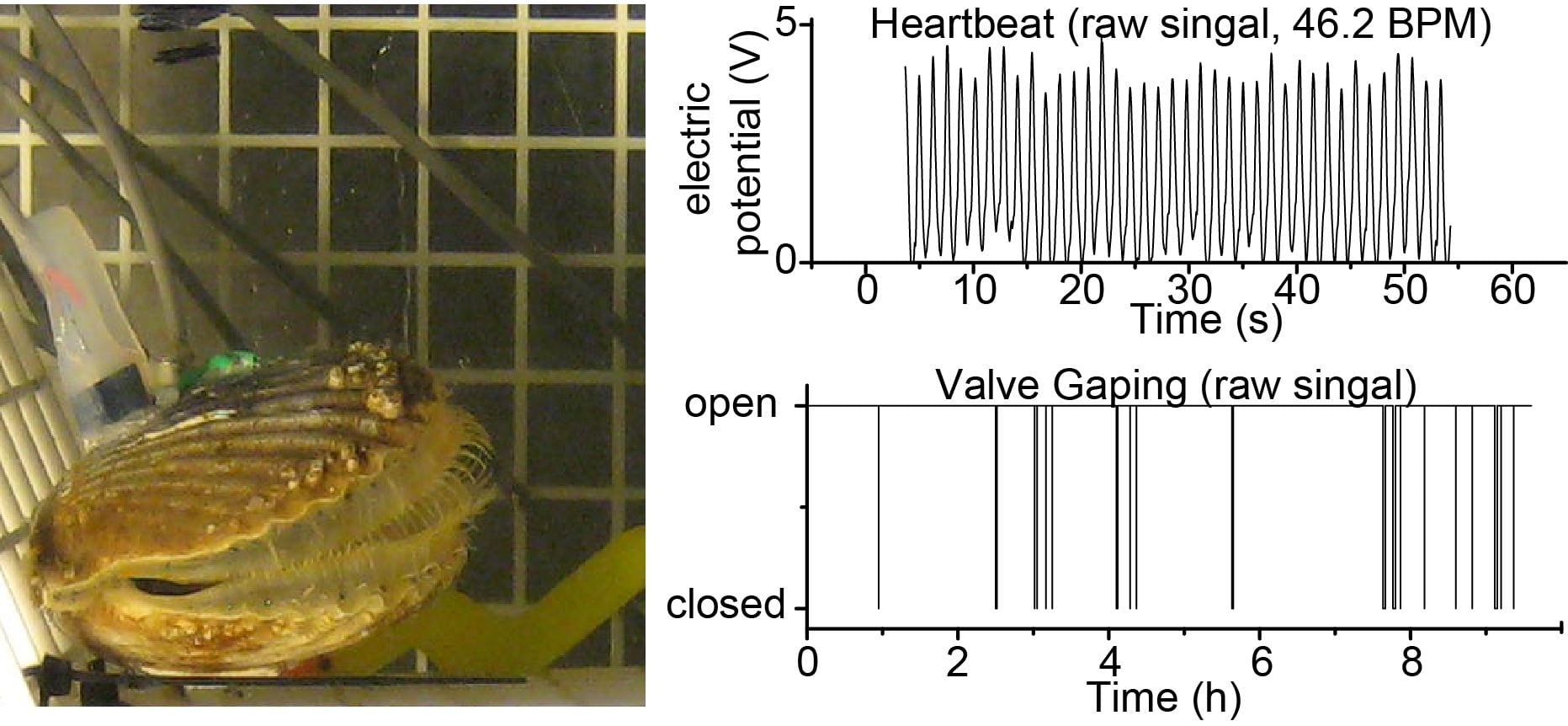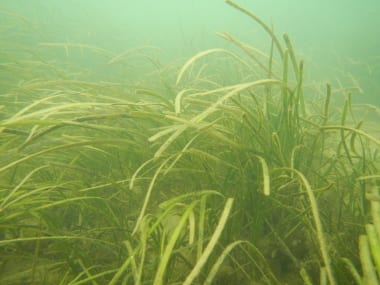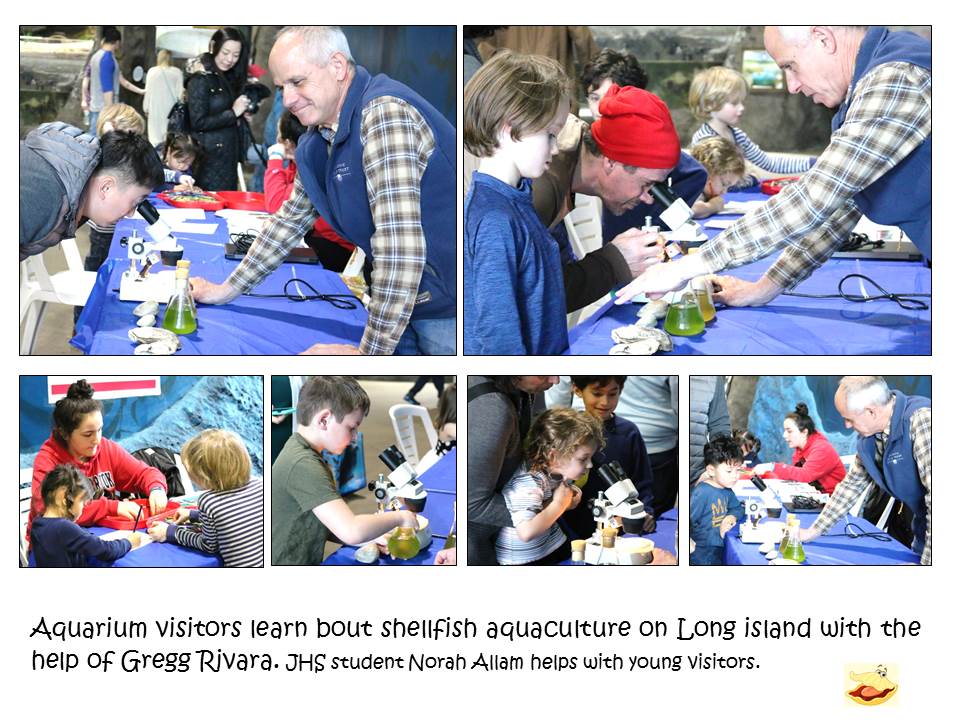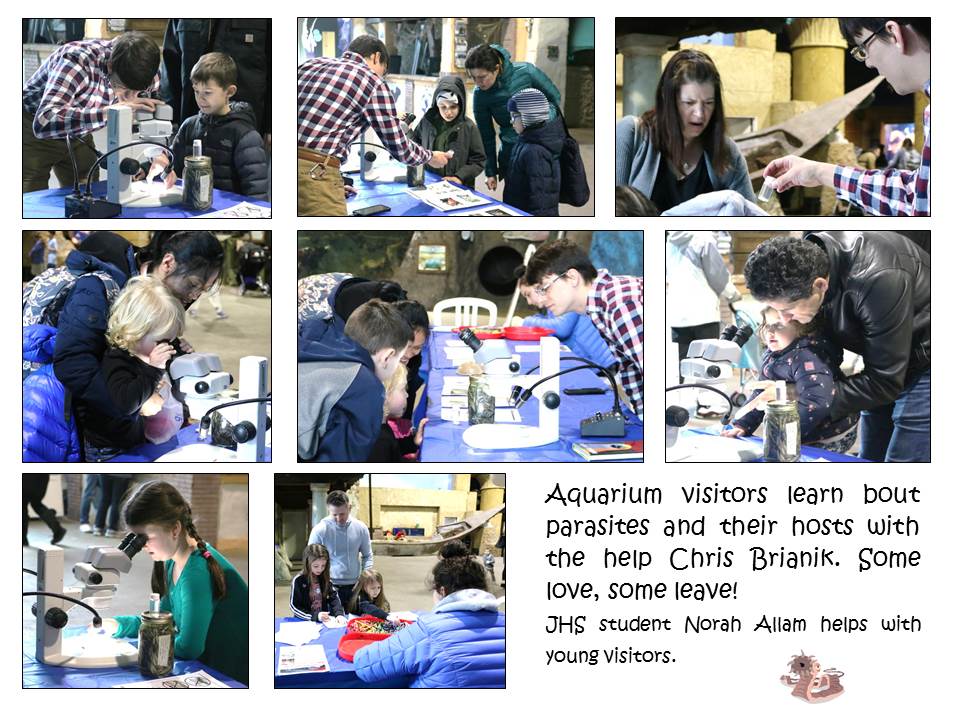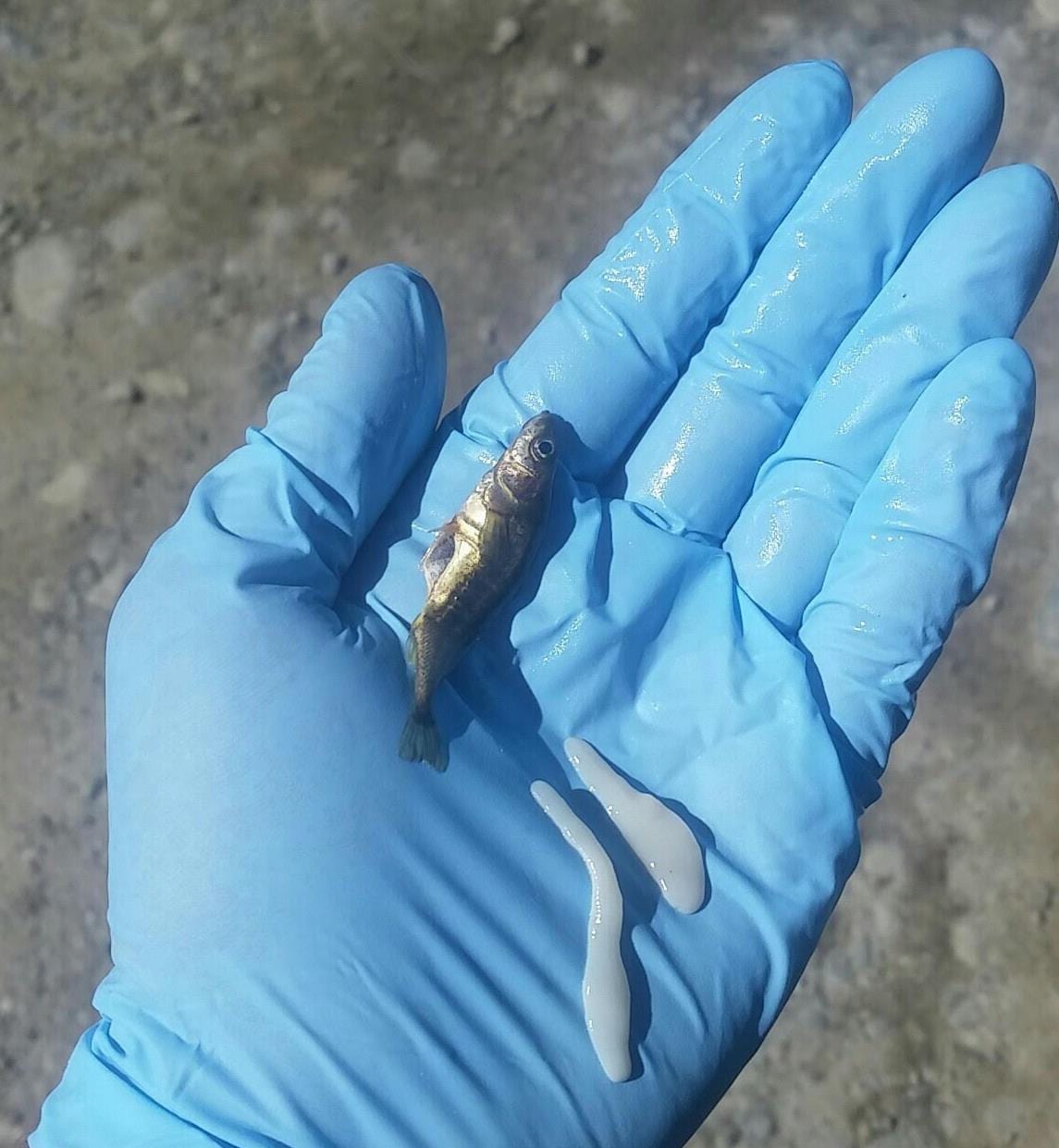August 17, 2019 – Strange But True: Shellfish Love Sweets Too!
Emmanuelle Pales Espinosa, Stony Brook University. Everybody love sweets so do oysters, clams and mussels. Join us as we meet with a local scientist to learn how these organisms feed but also how they select their food from a complex plankton mix with no eyes, no hands, no nose and no taste buds. Meet us from noon to 3pm on August 17th.
